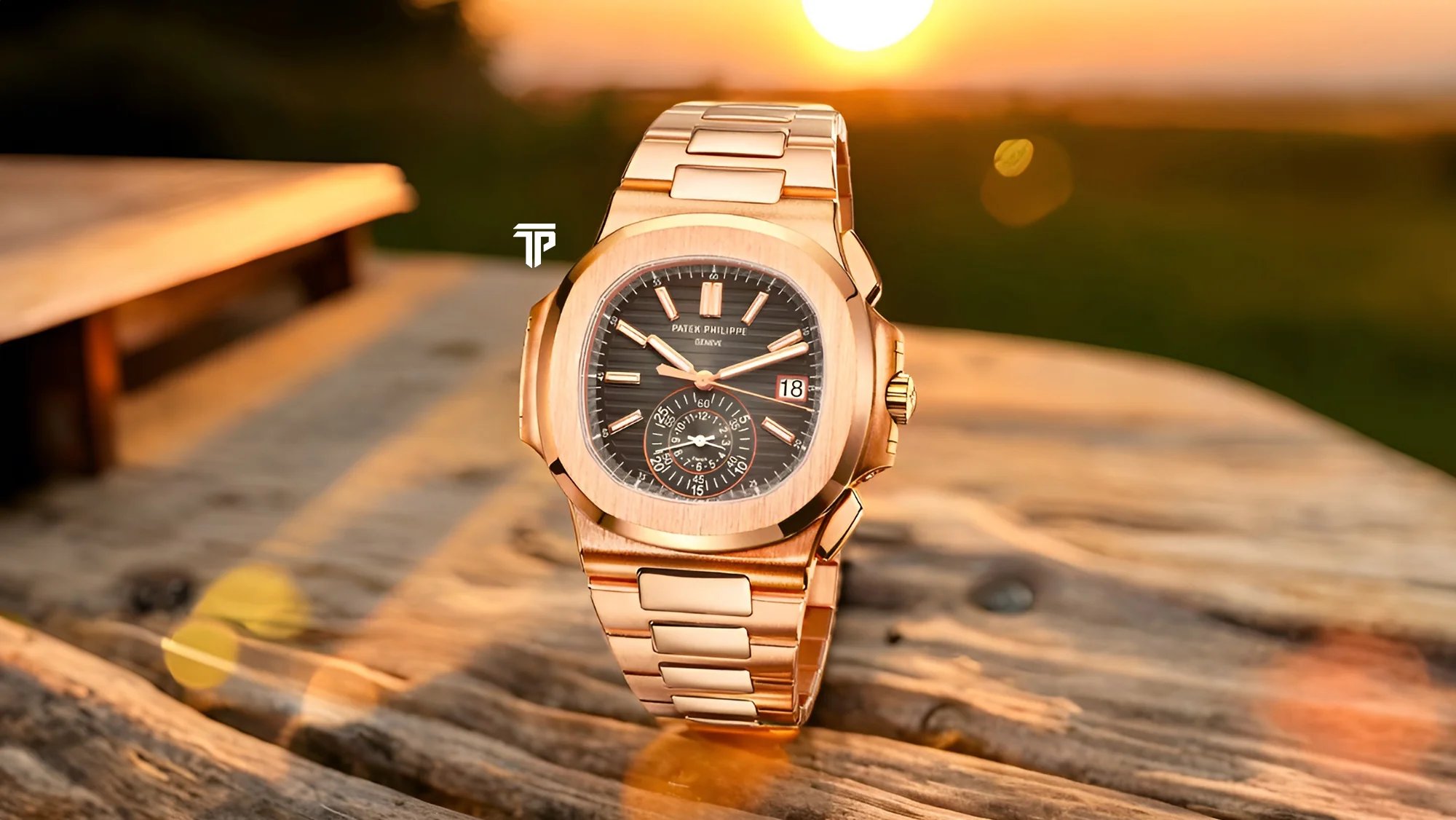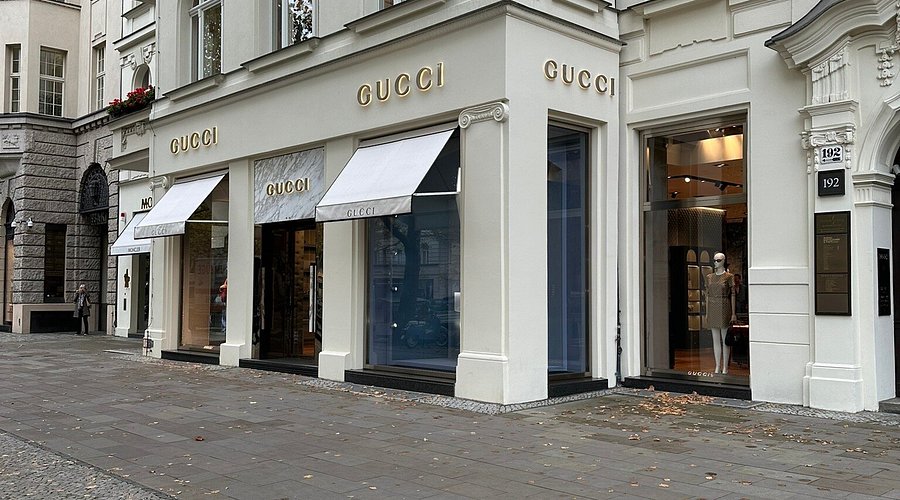Next Gen Heirlooms Billionaires Turn to Digital Artifacts Over Diamonds
By
John Carter
Last updated:
October 3, 2025
First Published:
October 3, 2025

Photo: Observer
A new definition of legacy
For centuries, heirlooms were synonymous with diamonds, rare jewels, and antique artworks. Today, the wealthy elite are reshaping that tradition. Instead of passing down ornate necklaces or gilded paintings, they are beginning to curate collections of digital artifacts. From blockchain certified art to encrypted data vaults, these intangible assets are being positioned as the heirlooms of the future.
The rise of digital permanence
What makes digital heirlooms alluring is their durability against the passage of time. Unlike material objects that can decay, digital assets can exist indefinitely if properly preserved. Whether stored on decentralized networks or protected through cryptographic methods, these items become more than collectibles. They embody a permanence that can outlast even the most carefully guarded physical treasures.
Art beyond canvas and stone
Digital art has become one of the strongest contenders in this new category of wealth inheritance. Unique pieces authenticated on blockchain networks are not just visual statements but also financial assets. Billionaires are investing in rare generative art, immersive virtual experiences, and even exclusive digital environments that can only be accessed by heirs. These are artifacts without physical weight, yet they carry immense cultural and financial significance.
The allure of exclusivity
What defines an heirloom is not only its beauty but also its rarity. In the digital sphere, rarity is achieved through scarcity of code and blockchain validation. A limited edition digital sculpture or a tokenized sound composition becomes as exclusive as a diamond tiara. For the wealthy, this form of rarity feels both futuristic and deeply personal, allowing them to leave behind something truly unique.
Beyond art and collectibles
Digital heirlooms are not limited to artworks. Encrypted family histories, private data vaults, intellectual property, and even ownership rights to virtual real estate in metaverses are being designed as assets for inheritance. These elements offer heirs more than wealth. They provide access to family legacies, stories, and curated identities that surpass traditional definitions of inheritance.
Emotional connection in a digital age
Skeptics often question whether intangible assets can carry the same emotional weight as a family jewel or an ancestral painting. Yet for a generation raised in the digital era, artifacts of code and data hold profound meaning. A virtual gallery curated by a parent or a family archive stored in encrypted servers can provide a level of intimacy and storytelling that material heirlooms often lack.
Sustainability as a driving factor
Another appeal of digital heirlooms lies in their alignment with sustainability. Unlike diamonds or gold, which carry histories of environmental extraction, digital assets are seen as lighter footprints on the planet. With growing awareness among the wealthy about ecological responsibility, passing down digital treasures becomes a way to combine luxury with ethical consideration.
Challenges of preservation
The shift toward digital inheritance is not without challenges. Ensuring long term access, securing cryptographic keys, and maintaining compatibility with future technologies are crucial hurdles. For billionaires, this means creating systems that guarantee heirs can unlock and access these treasures decades or even centuries later. The complexity of preservation is precisely what transforms these assets into high value legacies.
A new form of cultural storytelling
Heirlooms have always been about telling the story of a family. With digital assets, storytelling takes new dimensions. A generative art piece can evolve with time, an AI curated archive can interact with descendants, and digital collectibles can adapt to future platforms. This evolving nature makes the heirloom less static and more dynamic, mirroring the ever changing world in which it exists.
The future of inheritance
As wealth grows more diverse, the way it is handed down will continue to evolve. While diamonds and paintings will not vanish from the vaults of the wealthy, digital heirlooms are becoming the centerpiece of a new inheritance culture. They represent progress, innovation, and the ability of legacy to transcend physical boundaries. For the ultra wealthy, this is not simply about wealth transfer. It is about shaping memory and influence for generations to come.
Subscribe to unlock premium content
Sed at tellus, pharetra lacus, aenean risus non nisl ultricies commodo diam aliquet arcu enim eu leo porttitor habitasse adipiscing porttitor varius ultricies facilisis viverra lacus neque.
A comprehensive guide on Agile development

10 Productivity tools that are worth checking out

Top 7 Must have management tools for productivity

A comprehensive guide on Agile development

10 Productivity tools that are worth checking out

A comprehensive guide on Agile development








.png)
